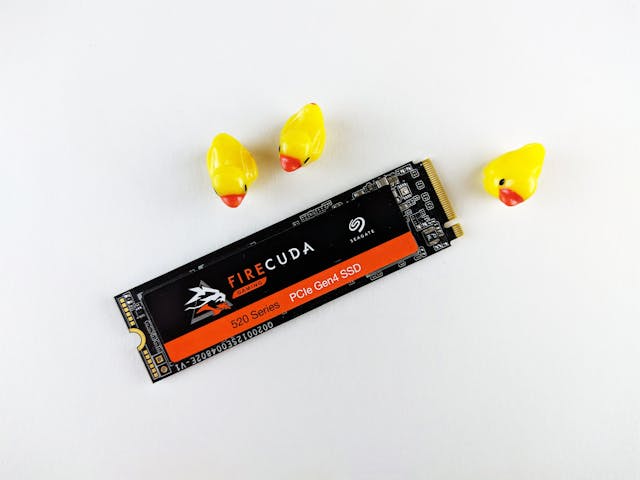Unraveling the Mystery of Slow Computer Performance: Causes and Solutions
In the fast-paced digital landscape we inhabit, few frustrations rival the sluggish pace of a slow-performing computer. Whether you’re navigating a labyrinth of lagging applications or watching the minutes tick by as your system boots up, the specter of slow performance can cast a shadow over even the most routine tasks. Understanding the root causes and implementing effective solutions is key to reclaiming the speed and efficiency your computer once boasted.

The Anatomy of Slow Performance:
At its core, slow computer performance can stem from a multitude of underlying factors, each exerting its own gravitational pull on system resources and responsiveness:
- Insufficient RAM (Random Access Memory): RAM serves as the temporary workspace where active programs and data reside. When RAM becomes overwhelmed by the demands of multiple applications or resource-intensive tasks, the system may resort to slower virtual memory, resulting in decreased performance.
- Low Disk Space: A cluttered hard drive teeming with files, applications, and temporary data can impede the system’s ability to access and manipulate information efficiently. Insufficient disk space can lead to slow file transfers, program launches, and overall system responsiveness.
- Background Processes: Hidden beneath the surface of your operating system, a myriad of background processes and services quietly consume system resources. While many of these processes are essential for system functionality, others may be unnecessary or resource-intensive, contributing to sluggish performance.

Solutions to Revitalize Your System:
Thankfully, the journey towards a swifter, more responsive computer begins with a few strategic interventions and best practices:
- Upgrade Your RAM: Consider upgrading your computer’s RAM to accommodate the demands of modern applications and multitasking workflows. Adding more RAM can provide a substantial performance boost, allowing for smoother multitasking and reduced reliance on virtual memory.
- Free Up Disk Space: Conduct a thorough audit of your hard drive and identify redundant files, temporary data, and unused applications ripe for deletion. Utilize built-in disk cleanup tools or third-party software to reclaim valuable disk space and streamline system operations.
- Manage Startup Programs: Take control of your computer’s startup routine by disabling unnecessary startup programs and services. Many applications configure themselves to launch automatically with Windows, prolonging the boot process and consuming valuable system resources. Use Task Manager or System Configuration utility to manage startup programs effectively.
- Optimize System Settings: Fine-tune your system settings to strike a balance between performance and visual appeal. Disable resource-intensive visual effects, adjust power settings to prioritize performance over energy efficiency, and optimize virtual memory settings to prevent excessive paging and disk thrashing.
- Regular Maintenance: Adopt a proactive approach to system maintenance by keeping your operating system, drivers, and applications up-to-date. Install critical updates and security patches to patch known vulnerabilities and improve system stability.
Conclusion:
In the intricate ecosystem of computer performance, the quest for speed and efficiency is a perpetual journey rather than a destination. By understanding the underlying causes of slow performance and implementing targeted solutions, you can breathe new life into your computer, unlocking its full potential and restoring optimal responsiveness to every click, keystroke, and command. Embrace the opportunity to optimize your system, and let the spirit of efficiency guide your computing experience towards new horizons of productivity and performance.


